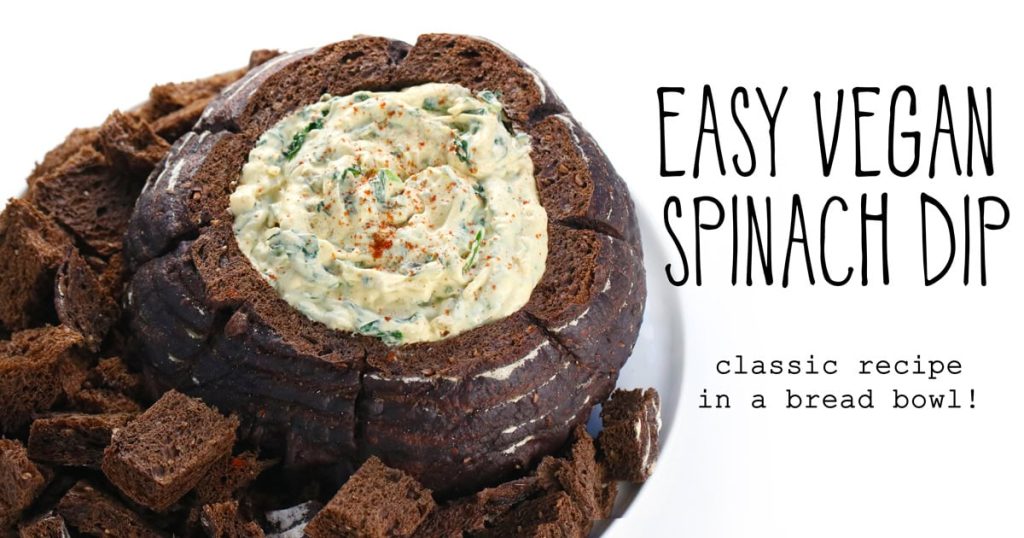Ever wondered why the RSPCA refuses to attend Crufts? Or why the BBC will no longer air the dog show on any of its channels?
Selectively breeding animals for exaggerated physical traits, obsessing over “pure” bloodlines and making close family members mate with one another isn’t just creepy – it’s a recipe for genetic disaster and causes immense suffering to dogs.
Pedigree dogs are generally far less healthy than their mixed-breed cousins, suffering from a range of inherited health conditions that can make every day of their lives a struggle and often lead to a premature death. What’s more, some breeders have admitted to putting down healthy dogs who don’t match the arbitrary requirements of the Kennel Club’s breed standards – Rhodesian ridgebacks whose backs just aren’t sufficiently ridged, for example.
We’ve taken a look at some of the most notoriously troubled illness-prone breeds – which are nevertheless still awarded prizes at Crufts every year.
Basset Hound

“Basset Hound during dogs show in Katowice, Poland” by Pleple2000 / CC BY-SA 3.0
If these dogs are famous for looking sad, it’s probably because they are. Their bizarre physique, with its short legs and long back, is fundamentally impractical: their rib cage is often too short or narrow to support their spine, which makes it risky for them to jump up or sometimes even climb stairs, and they can develop spinal problems that make even the smallest movement extremely painful. Their loose folds of excess skin and long ears leave them vulnerable to nasty yeast infections, while overly droopy eyes (ectropion) can cause constant irritation. And that’s not all – bassets are also at risk of hip dysplasia, glaucoma and a number of other distressing conditions.
Dogue de Bordeaux

“Dogue de Bordeaux” by Tomer Jacobson / CC BY-SA 3.0
Dogues have one of the shortest average life spans of any dog, at around just five years. During their tragically short lives, painful joint problems can leave them constantly limping, and they are at high risk of bloat – a twisting of the stomach that can kill them within hours. Because of their short noses, they are particularly sensitive to extremes of temperature and can die suddenly in hot weather.
Cavalier King Charles Spaniel

Perhaps the most heartbreaking hereditary illness experienced by these little dogs is syringomyelia – a neurological condition in which their brain becomes too large for their skull. The resulting severe pain often makes them scream and yelp and contort their necks in an effort to alleviate the pain, but the condition can eventually lead to paralysis. As if that weren’t bad enough, they’re also vulnerable to mitral valve disease, a usually fatal heart condition, as well as eye conditions such as cataracts.
Rhodesian Ridgeback

“Rhodesian Ridgeback 3 Mois” by Ceidrr / CC BY-SA 3.0
Predisposed to cancer, at high risk of bloat and vulnerable to cataracts, degenerative spinal disease and deafness, this African dog’s lot is not a happy one. What’s more, the breed’s eponymous ridged back is often associated with a health condition called dermoid sinus, which can penetrate deep into tissues and cause pain, infection and even death.
German Shepherd

“German Shepherd Dog Eyes” by Miguel Skater / CC BY-SA 2.0
Hip dysplasia – a genetic deformity in which the thigh bone doesn’t fit properly into the hip socket, causing the bone to wear away over time – is a major issue for this breed. It leads to arthritis and chronic, disabling pain and can be treated only with invasive and costly surgery. German shepherds can also be predisposed to degenerative myelopathy, a neurological condition similar to multiple sclerosis in humans, which causes creeping paralysis of the back legs as well as a host of other distressing conditions.
Bulldog

Bulldogs are an example of evolution gone way off course – as a direct result of human interference. Their distorted frame and over-large heads make it almost impossible for them to mate and give birth without human assistance – in fact, up to 80 per cent of bulldogs are delivered by Caesarean section. And from malformed hips, spines and mouths and skin infections festering inside their deep wrinkles to eye conditions such as cherry eye to allergies and a long list of respiratory diseases, there is barely an inch of a bulldog’s anatomy that is not riddled with potential problems.
*****
 These are just a few examples of breeds whose pedigree lineage all too often comes at the cost of their health and fundamental well-being. If you care about dogs, please don’t tune in to Crufts this year. You can also send a message to the TV channel More4 asking it to follow the BBC’s example by not broadcasting the unethical dog show in the future.
These are just a few examples of breeds whose pedigree lineage all too often comes at the cost of their health and fundamental well-being. If you care about dogs, please don’t tune in to Crufts this year. You can also send a message to the TV channel More4 asking it to follow the BBC’s example by not broadcasting the unethical dog show in the future.
Even more importantly, don’t ever buy a dog from a breeder. Instead, if you’d like a canine companion, adopt a lovely mixed-breed shelter pooch who is far more likely to be a happy, healthy friend for a long, long time.


